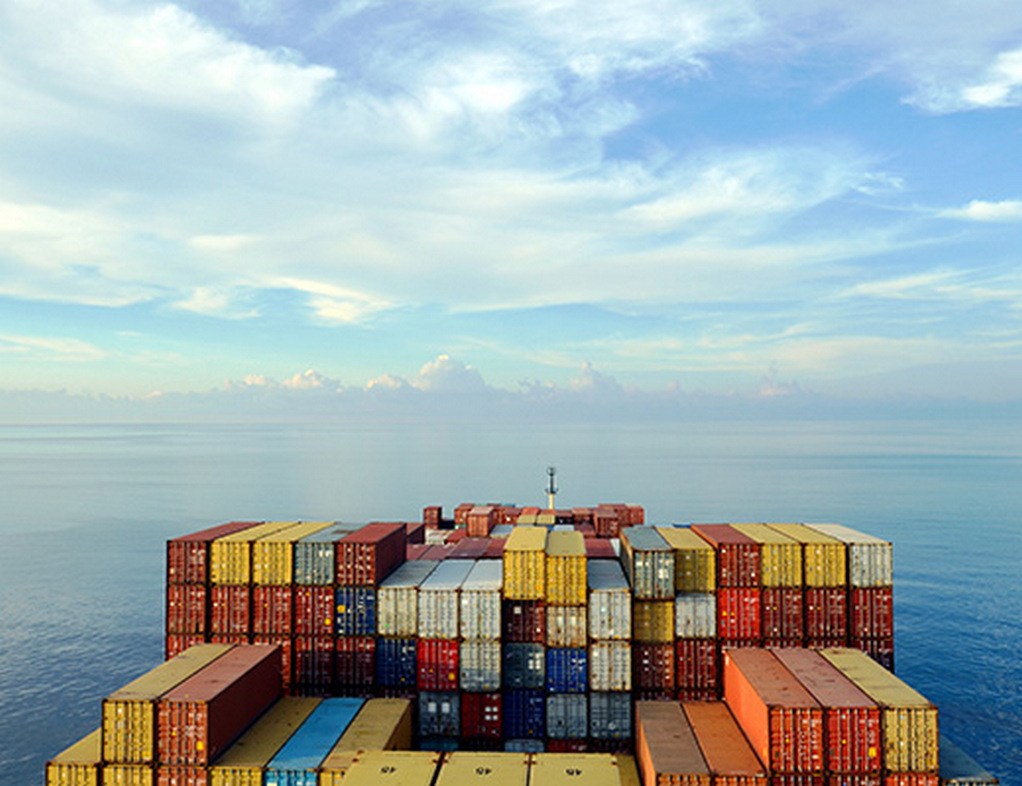The International Maritime Organisation (IMO) has set a target to reduce the shipping industry’s Greenhouse Gas (GHG) emissions by 50% by the year 2050. The strategy is outlined by short, medium, and long-term ambitions. Even though, the Indian flagged vessels contribute comparatively fewer carbon emissions than foreign-flagged vessels, India as an important member of the IMO has been working strategically towards meeting the global regulator’s emission reduction targets in maritime operations.
India believes to set a near-term target of 2028 to initiate decarbonization in shipping, and the strategy is going to be revised again. So, India has submitted a paper to IMO asking to put a ship target of 5% of fuel usage by energy content by 2030 under NetZero rules. Why this target is very important because if you see the existing strategies it talks about a 50% reduction from 2008 levels.
If one converts it into linear reductions, it almost means that India needs to reduce by 16%. In order to reduce that much emissions huge amounts of alternative fuels like ammonia and methanol are required. So, to reduce 16% of emissions we may require over 30 million tons of green methanol and 30 million tons of green ammonia, or 66 million tons of energy. Where this energy will come from, India should not have a target that it is unable to get, and therefore, Indian policymakers believe that achieving a 5% emission reduction target is far more practical.
They believe that India will always have a chance to revise and enhance the emissions reduction targets at regular intervals. The emission reduction plans with regard to the capacity building should not remain on paper rather they should be converted into real actionable plans.
Regarding the Market-Based Measures (MBMs), it was initially agreed upon at IMO in the year 2018, but what has not been agreed upon is when will it be implemented in India. The initial strategy says that it will be deliberated between 2023 and 2030 and a date will be decided.
India is also doing its due diligence, one MBM assessment has been done by Indian Institute of Management, Bangalore, one is done by an Energy and research institute, and another is done by Directorate. DG Shipping has also been doing deliberations on when to accept MBMs, what should be the entry point, and what should be the distribution of levy.
India is also working on reducing greenhouse gas (GHGs) emissions. A full chapter on Maritime Vision has been dedicated to GHG reduction. India is also working on the reduction of carbon emissions at ports and offers shore power supply to the existing vessels. India is also working on just-in-time arrivals at ports.
India has close to 1,000 vessels ad they can’t be fitted with electric systems therefore one viable solution for them to decarbonize is to choose sustainable biofuels as an alternative fuel. But it depends on how the world is going to move towards these fuels in the future and how IMO is going to regulate or recommend biofuel usage in shipping.
India has also initiated work towards finding online mechanisms to capture emissions from vessels. Offering shore power to vessels has already begun at JNPT and other ports.
The country has also taken several concrete steps for energy transition including the National Green Hydrogen Mission and the development of ammonia as an alternative fuel.
Tags: carbon emissions, Decarbonisation, IMO, India, Strategy



Recent Posts
Port of Brisbane Unveils Vision 2060 to Drive Smarter, Cleaner, and More Connected Future
Wärtsilä to Deliver Hybrid Propulsion Systems for Vertom Group’s New Low-Emission Vessels
Latvian port receives electric Konecranes Gottwald Mobile Harbor Crane
Sustainable Ocean Economy Vital for Human Development, Says UNDP at UN Ocean Conference
Green Hydrogen Costs in India Could Drop by 40%, Says IEEFA-JMK Report
Cavotec Secures €1.55 Million Shore Power Contract for Port of Antwerp-Bruges
APM Terminals and SANY Marine sign landmark agreement to accelerate decarbonisation
The Port of Gothenburg takes big step towards shore power connection for container and car/RoRo vessels